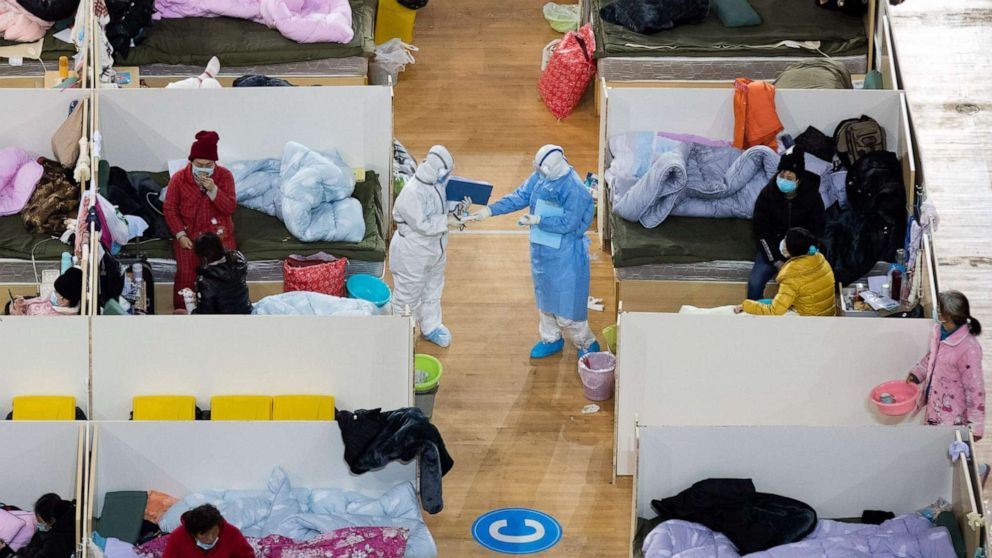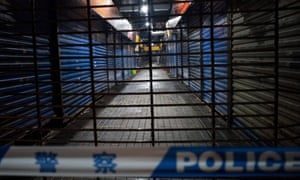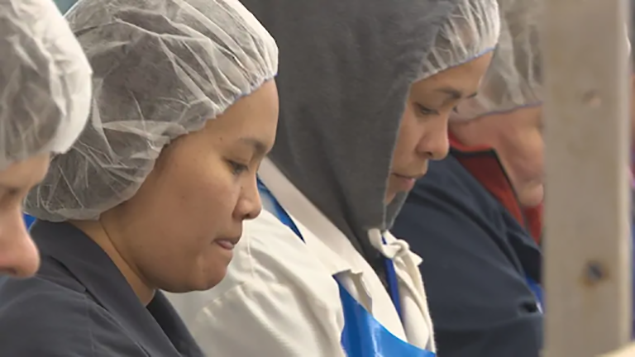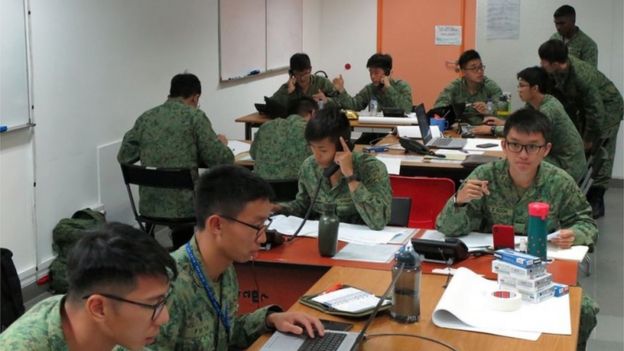Closing the Barn Door in Wuhan, China
"Any disease that can kill two percent of all those it infects, and which is expected to infect at least 40 percent of the population, will be horrible; mathematically, economically, socially and medically."
"Those who have seen actual military service have been quick to remind us to not panic, to slow down, to prepare for a long campaign..."
"Emotions can spread like viruses, so keep a check on yours. I was livid the day when I discovered that hand sanitizer had been ripped off the hospital walls and masks had been stolen by the public."
"We are all vulnerable, and none of us is truly a nihilist or an island."
"We health-care workers are scared but we are also lucky. We have the chance to relearn that human contact is lovely, that caring for others matters, and that finding humour in the everyday is glorious."
Peter G.Brindley, Department of Critical Care Medicine, Department of Anesthesiology and Pain Medicine, Dosseter Ethics Centre, University of Alberta, Edmonton
| Tedros Adhanon Ghebreyesus, Director General, WHO |
The Director General of the WHO (World Health Organization), Tedros Adhanom Ghebreyesus, holds a powerful position. The WHO is the health advisory arm of the United Nations. Government health departments, hospital administrations and medical associations around the world look to the WHO for direction, and assessments on a global scale. What the WHO, through Tedros Adhanom Ghebreyesus advises as best practices under trying global health situations, governs the decisions and actions taken by governments and their health advisers around the world.
The purpose of the WHO is to advocate for patient health, to warn governments of possible health threats and the secure actions recommended to deal with them. The critical position of director general is arrived at by an executive board selection. The board is appointed through the decision-making of a rotating appointed World Health Authority comprised of WHO member-state representatives. As such the appointment of the head of the WHO becomes a political decision.
In the instance of Tedros Adhanom Ghebreyesus, it was the decision of the appointment board to place a non-medical actor in the role of director general. Someone who was a politician in Ethiopia and who before that had been a member of the Tigray People's Liberation Front, in other words, a revolutionary. Whose political party assumed power in Ethiopia in 1991 following a bloody civil war. And when they came to power Tedros Adhanom Ghebreyesus was given the post of minister of health from 2005 to 2012.
He also served as Ethiopia's foreign minister from 2012 to 2016, before being elected in 2017 to lead the WHO. While foreign minister of Ethiopia he established a good working relation between his country and China. And it was largely China's support in 2017 that gave the impetus to Tedros's election as head of the WHO, a prestigious post but one that should never be held by anyone without a medical degree. In his capacity as director general, Tedros had high praise for China's outstanding handling of the novel coronavirus that emerged in Wuhan, China.
 |
| This photo taken on Feb. 18, 2020, shows Medical personnel walk among patients with mild symptoms of the COVID-19 coronavirus at night in the temporary Fangcai Hospital set up in a sports stadium in Wuhan, China.AFP via Getty Images |
China's "transparency" was approvingly cited, despite the fact that China deliberately and with full intention suppressed any news of an emerging epidemic, going so far as to threaten Chinese doctors who spoke of a mysterious new respiratory disease leading to pneumonia and death. And when China eventually agreed there was a problem, it downplayed the possibility of human-to-human contact. Which led the WHO to this statement: "Preliminary investigations conducted by the Chinese authorities have found no clear evidence of human-to-human transmission of the novel #coronavirus (2019-nCoV) identified in #Wuhan, #China."
When China expressed outrage that the epidemic was called the 'Chinese coronavirus', identifying it as the source, Tedros from his magisterial height chastened the world, that it was discriminatory and unfair, and came up with an approved title for the virus: COVID-19, approved by China. And when alarmed nations sought to exclude the entrance of Chinese to their borders, he huffed how 'racist' that was, though China allowed seven million people to leave Hubei Province, the hub of the virus, for Chinese New Year.
Now that China is no longer the hot-spot for viral spread, and Italy is suffering a magnitude of deaths that far outpaced China's, perhaps through virus mutation and partly because Italy failed to exert immediate military measures in lockdown, finding China's example unattractive to its culture, and the United States looks set to overtake Italy and Spain in the numbers of the U.S. population infected and dying, China is locking down its borders against the entry of 'foreigners', to ensure the virus is not re-introduced. But that, needless to say, is not racist.
Tedros, while in the running for the WHO top spot, was accused by medical doctor and prominent global health expert from the United Kingdom, David Nabarro, of covering up three cholera epidemics while he was Ethiopia's minister of health, passing them off as cases of "acute watery diarrhea". And now, while the world awaited direction from the World Health Organization, Tedros kept it waiting, refusing to declare a global pandemic until COVID-19 had infected over 116 countries.
This, while the world was awaiting a signal from the world body to determine how each of the affected governments would need to react to protect their populations, basing their pandemic response plan and how it would be implemented, once they received word from the WHO. So, like every other arm of the United Nations and the United Nations itself, corrupt and self-serving nations have handily succeeded in wagging the tail that controls the dog's mind.
"As reports of the spread of confirmed and suspected cases of the novel coronavirus in other countries grew in the past several weeks, numerous airlines took the precaution to temporarily cancel their flights to and from China. Tedros, while officially declaring the Wuhan novel coronavirus as a “Public Health Emergency of International Concern (PHEIC),” (in 2009 the WHO called it a Level 6 Global Pandemic), sharply and repeatedly criticized other countries for allowing air travel to China to be cut. On February 7 the China Peoples’ Daily reported Tedros stating, his disapproval of imposing travel bans on China, stressing that “such restrictions can have the effect of increasing fear and stigma, with little public health benefit."
F. William Engdahl Global Research, February 20, 2020
 |
| Men stand on a bridge over the Yangtze River in Wuhan on March 30 after travel restrictions into the city were eased following more than two months of lockdown. (AFP) |
Labels: China, Crisis Management, Novel Coronavirus, Political Realities, United Nations, WHO















/https://www.thestar.com/content/dam/thestar/news/canada/2020/03/24/farms-will-decide-how-to-isolate-migrant-workers-in-canada-says-liberal-mp/migrant_workers.jpg)









